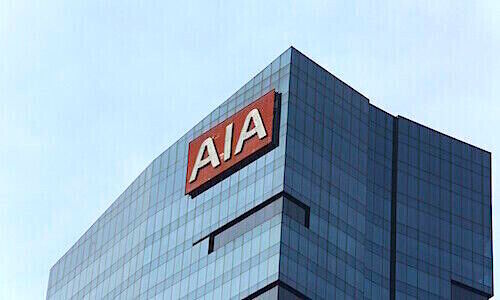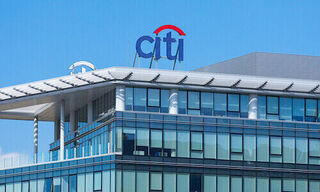Vietnam’s largest city, Ho Chi Minh, has been named the world’s most improved city in JLL’s City Momentum Index, due to its rapidly expanding economy and commercial real estate market.
According to JLL’s latest study on City Momentum, high levels of foreign direct investment and infrastructure spending have contributed to make Ho Chi Minh City the biggest upwards mover, ranking at number six overall out of 120 cities.
According to Jeremy Kelly, Director of Global Research at JLL, “Ho Chi Minh is certainly emerging as an important and growing economic centre in Asia. While it is starting from a low base, construction levels are high.”
The biannual report tracks established and emerging business hubs across the globe. It gauges a city’s short-term socio-economic and commercial real estate momentum over a three-year horizon in combination with measures of ‘future-proofing’, meaning whether a city has the essential ingredients to ensure longer-term sustainable momentum in terms of education, innovation and environment.
The Index is unique in that it captures the dynamics of a city’s real estate market: its rates of construction and absorption, price movement and the attraction of a city’s built environment for cross-border investment.
A Jump in infrastructure spending:
Major infrastructure investments including Ho Chi Minh’s first metro line are also helping to boost Vietnam’s GDP growth, which at 8 percent is among the highest in the region. The city attracted US$ 506.3 million in investments in February 2015, a 170.5 percent rise from the same period last year, according to government data. These factors are leading to a rapid increase in connectivity, with air passenger numbers increasing by over 11 percent annually over the last five years.
As companies look beyond China as a base for manufacturing, Vietnam is becoming an increasingly attractive destination for multinational companies. Samsung’s US$1.4 billion new facility in Saigon High Tech Park underlines the rising interest from foreign investors.
“Ho Chi Minh has really started to pick up quite dramatically in the last two years due to a combination of improving economic conditions and more confidence coming back into the market,” says Stephen Wyatt, Country Head, JLL Vietnam. “We are seeing a lot of both local and foreign investors and developers trying to get a foothold in the city.”
The city’s strong performance has been boosted by some of the world’s highest levels of office space construction and absorption levels, although growth rates are exaggerated by the small size of the existing commercial property market.
Robust demand for prime office stock means that annual absorption levels are expected to be over 15 percent of the city’s existing stock in 2015. Office rents are also growing strongly, with Ho Chi Minh City featuring in the top 20 of JLL’s Q1 2015 Global Office Index.
Regional dynamics:
Cities in China have performed well despite a slowdown in the country’s economy. Among the top 20 cities in JLL’s City Momentum Index, seven are from China. Shanghai, Nanjing, Wuhan and Chongqing form a corridor of strong momentum along the Yangtze River, while the northern cities of Beijing and Tianjin are showing high levels of dynamism. Shenzhen in the Pearl River Delta has found renewed energy on the back of its technology sector.
In Australia, Sydney and Melbourne have improved markedly in terms of momentum with both being new entrants into the Top 20. In both cities the residential property sector is leading commercial property into an upswing, while the technology sector is providing an unexpected boost to economic growth, particularly in Sydney.
Five facts about Ho Chi Minh City:
Called Saigon until 1976, the city was renamed after the communist revolutionary leader Ho Chi Minh, who was prime minister from 1945 to 1955 and president from 1945 to 1969 of North Vietnam.
Hanoi is the capital of Vietnam but Ho Chi Minh is the economic heart of the country, contributing nearly a quarter of the country’s gross domestic product.
Ho Chi Minh City has a population of around 8 million, making it Vietnam’s largest city.
As more and more Vietnamese move from rural to urban areas, it is estimated that Ho Chi Minh’s population could reach 13.2 million by 2025, taking it comfortably into megacity status.
The government has approved the construction of a $16 billion airport near Ho Chi Minh City able to handle 100 million passengers by 2025 - five times the capacity at existing Tan Son Nhat airport.
Top 10 cities in JLL City Momentum Index 2015
London
San Jose
Beijing
Shenzhen
Shanghai
Ho Chi Minh City
Boston
Wuhan
San Francisco
Chongqing




















